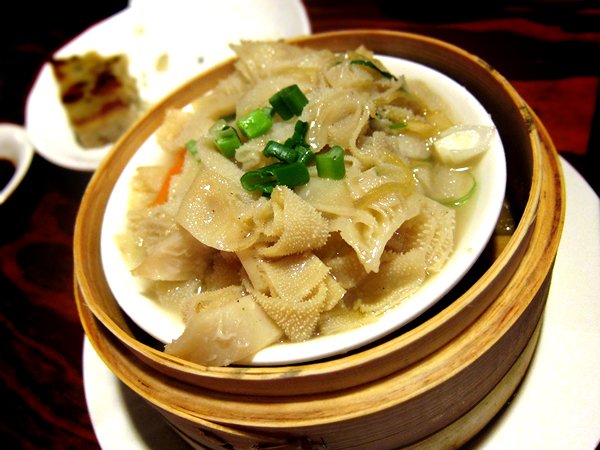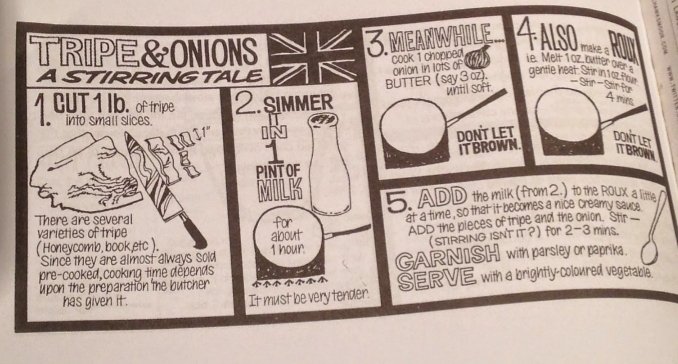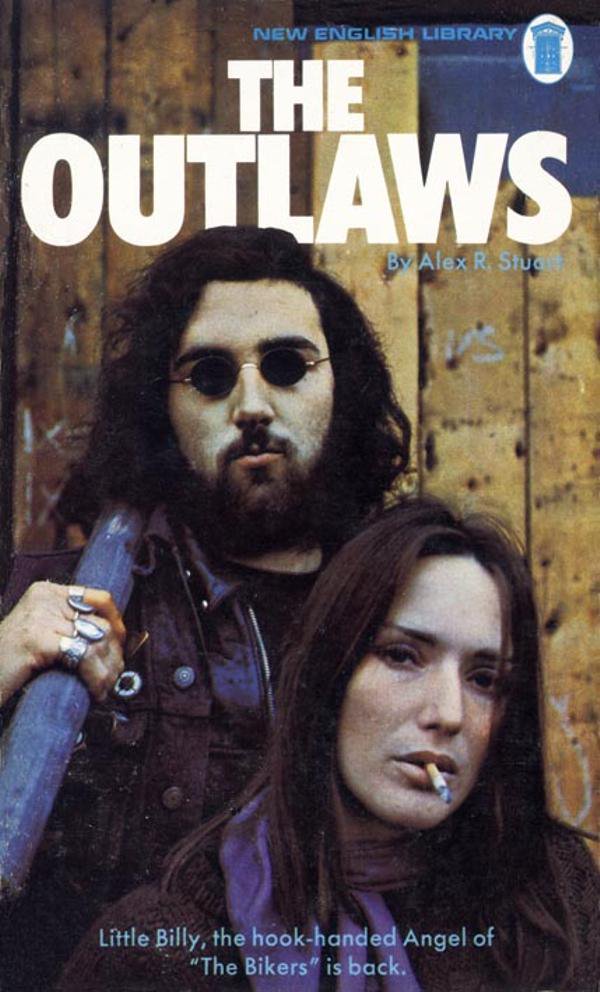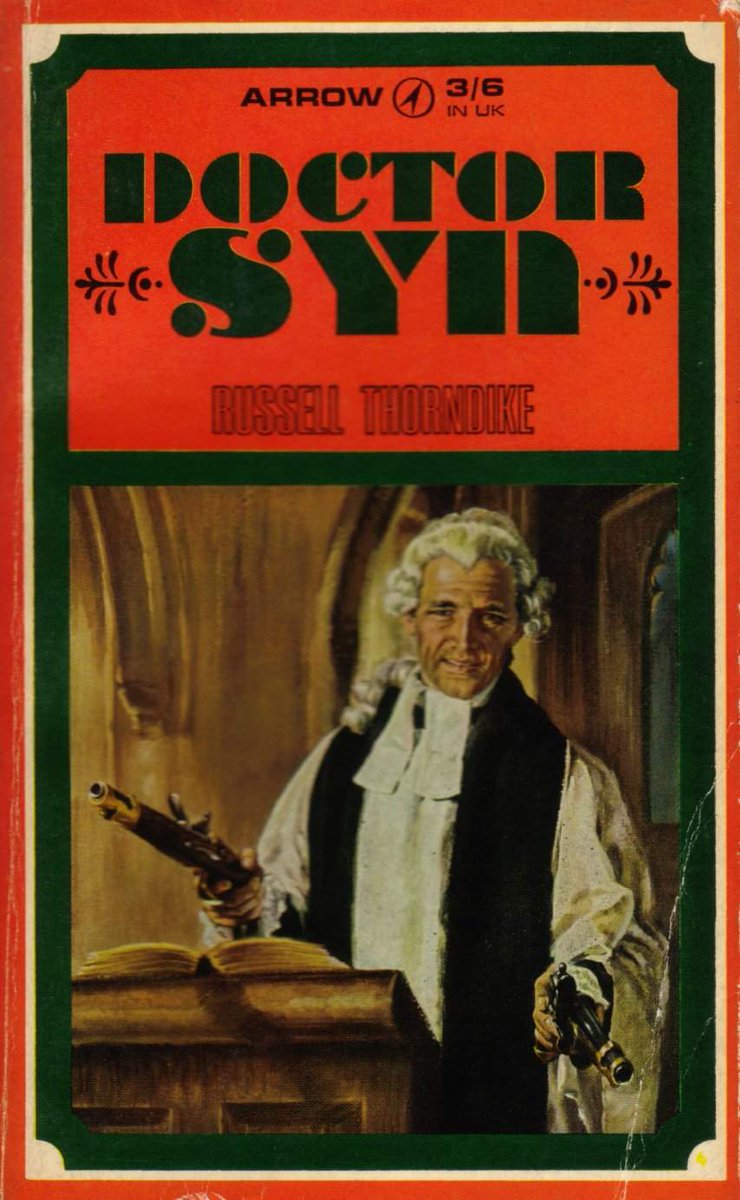"The poor man's oyster", "The food of kings"; tripe was once held in high regard as a staple of a wholesome diet by rich and poor alike.
But what is it?
But what is it?

Well tripe is the polite name for the cleaned muscle wall of a cow's stomach. There are three types of tripe (blanket, honeycomb and leaf) depending on which one of the cow's stomachs is used. 

Tripe is usually 'dressed' before use: this involves boiling or bleaching the tripe and removing the mucus lining and any fat. It's a skilled job being a tripe dresser! 

And nutritionally tripe is top stuff: high in many vitamins and minerals. It's also versatile and across Europe there are a wide variety of traditional tripe dishes. No visit to Genoa is complete without trying some delicious Trippa Fritta! 

In the Carribbean you can try some Jamaican tripe and beans with a dash of added curry. In Mexico you can enjoy delicious Menudo soup made with prime honeycomb tripe. Honestly, this stuff is a worldwide sensation. 



Tripe was once widely eaten in the UK; from Victorian times onwards it was seen as cheap, filling and plentiful. Along with cowheels, pig's ears and ox tongue it powered industrial Britain. 

It's also strongly associated with Northern England, thanks in part to United Cattle Products which operated almost 150 tripe shops and restaurants across the North. Modern, hygienic and with all the tripe you could eat! 

And with the advent of Big Tripe came big marketing: United Cattle Products weren't afraid to wheel out the latest stars of radio to sing the praises of hot Northern tripe. They were the TikTok stars of their day... 

So whatever happenes to tripe? Well, tastes changed. More intensive farming made beef and poultry more plentiful and offal sales took a nose dive. Tripe was out of fashion, and it seemed nothing could bring it back. 

Traditional tripe is just about hanging on in there, but the number of British tripe dressers is at an all-time low. It's getting harder to get your hands on some well dressed tripe nowadays. 

In fact for most Brits the only time they can try tripe is when it's offered as dim sum in a Cantonese restaurant - do try it though, it's lovely cooked with ginger, garlic and spring onion. 

But it is a truth universally acknowledged that no one can consider themselves a true Northerner if they have not sampled the delights of tripe. It is an initiation ritual like no other! 

So today we salute tripe: thrifty, wholesome and nutritious. Why not try some today - waste not, want not! 

• • •
Missing some Tweet in this thread? You can try to
force a refresh

























